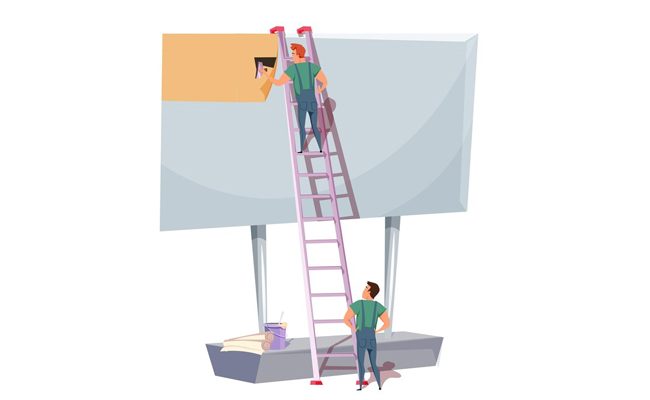
Working at height presents challenges and risks in many occupations. In the UK, falls from height emerged as a primary cause of fatal work-related accidents during 2022/23, causing 40 deaths. This statistic underscores the importance of safety when working at height.
This blog explores the significance of safety when working at height, covering regulations, hazards and advice for workers. It also highlights key training programmes that equip workers with the essential knowledge and skills for working at heights safely.
What is Working at Height?
Working at height refers to any task conducted above or below ground level where there is a risk of falling. This definition includes activities on ladders, scaffolding or roofs as well as near cavities or unstable surfaces where there is a risk of falling below ground level.
While working at height is integral to various industries, it comes with inherent dangers that demand a proactive approach to safety.
Why is Safety Important When Working at Height?
Safety is crucial when working at height due to the inherent risks and potential for severe harm. Falls from height can lead to life-changing injuries, disabilities or fatalities. These incidents devastate workers and their families and can cause significant financial losses or legal consequences for employers.
Implementing safety measures protects workers from harm, promotes a safe working environment and ensures operational continuity.
Working at Height Regulations
The Work at Height Regulations 2005 provide a comprehensive framework to control and manage the risks associated with working at height. The regulations place legal duties on employers and those in control of work at height to ensure that it is appropriately planned, supervised and carried out by competent personnel.
Hazards Associated with Working at Height
Common hazards that workers may encounter while working at height include:
- Falls: The most significant risk is the potential for falls, which may lead to severe injuries or fatalities.
- Falling Objects: Tools, materials or equipment dropped from height may harm workers and bystanders below.
- Structural Failures: Scaffolding or other structures may collapse, leading to accidents.
- Adverse Weather Conditions: Wind, rain or slippery surfaces increase the risk of accidents.
- Improper Equipment Use: Inappropriate or defective equipment increases the risk of accidents.
Safety Tips When Working at Height
Here are some essential tips to ensure safety when working at height:
- Proper Equipment Usage: Ensure the use of appropriate safety equipment such as harnesses, guardrails and safety nets.
- Regular Inspections: Conduct thorough inspections of equipment and structures before commencing work at height to identify and address potential issues.
- Training and Awareness: Provide comprehensive training for workers on working at height, emphasising hazard awareness and safe practices.
- Weather Monitoring: Monitor weather conditions and refrain from working at height during adverse weather, such as strong winds or rain.
- Securing Tools and Equipment: Secure tools and equipment to prevent them from falling and posing a hazard to workers below.
- Safe Access and Egress: Ensure safe and stable access and egress points for workers ascending or descending from heights.
- Emergency Procedures: Establish clear procedures for prompt response in case of accidents or unforeseen events.
Training Programmes for Working Safely at Height
Here are some programmes that will equip workers with essential knowledge and skills to work safely at height:
Work at Height Training Course:
A work at height training course teaches the principles of safe working at height. It helps workers select the right equipment, spot hazards and recognise unsafe situations.
Fall Protection and Prevention Training:
A fall protection and prevention course focuses on preventing falls and minimising their impact. It covers the proper use of fall arrest systems, safety harnesses and other protective measures to ensure worker safety at elevated work sites.
Scaffold Training:
The training programme equips individuals with the knowledge to erect, use and dismantle scaffolding structures safely. This understanding helps workers follow safety protocols during construction or maintenance activities.
Ladder Safety Training:
A Ladder safety training course provides essential skills for the safe use of ladders. It teaches how to properly set up, ascend, descend and work from ladders to reduce the risk of accidents. Training also covers proper storage to prevent defects or maintenance issues.
Emergency Evacuation and Rescue Training:
Emergency evacuation and rescue training prepares individuals for critical situations. It explains how to carry out rescue and evacuations in the event of accidents or unforeseen incidents.
Conclusion
Working at height is integral to many industries and ensuring workers’ safety is paramount. By following safety tips, adhering to regulations and investing in training, workers can keep themselves and others safe when working at height.
Leave a Reply